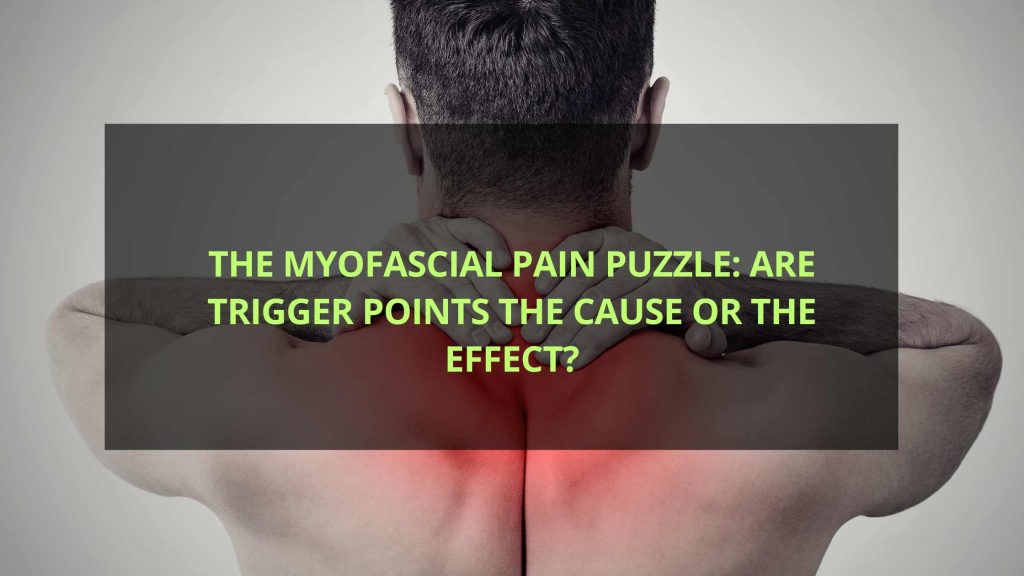You’ve felt it—a knot in your shoulder, radiating pain down your arm. It’s a myofascial trigger point (MTrP), and it’s at the heart of a maddening question: Is this knot causing your pain, or is it a symptom of something deeper? Jay P. Shah, MD, a pain research pioneer, calls this the “chicken and egg” dilemma. His work unravels whether pain starts in your muscles (peripherally) or your brain (centrally). Here’s the breakdown.
1. The Peripheral Spark: Trigger Points as Pain Makers
MTrPs are tight, irritable muscle knots that scream pain when pressed. Shah’s research shows they’re biochemical hot zones, packed with inflammatory culprits like substance P and cytokines. These knots can form from muscle strain or overuse, firing up local pain and even referring it elsewhere—like a trapezius knot mimicking a headache. Needling these points often dials down the pain, proving MTrPs can drive the problem.
2. The Central Puppet Master: Brain-Driven Pain
But wait—what if your brain is pulling the strings? Shah’s studies suggest chronic pain, like from a bad disc or visceral issue (think endometriosis), can hypersensitize your nervous system. This “central sensitization” floods muscles with neuropeptides, creating new MTrPs. It’s why pain spreads beyond the original site, turning a local issue into a body-wide battle.
3. The Visceral Twist: Organs in the Mix
Your organs can complicate things. Visceral pain (say, from pelvic issues) converges with muscle signals in your spine, tricking your brain into forming MTrPs in places like your abs. Shah’s work on chronic pelvic pain shows how gut or organ problems can spark muscle knots, blurring the line between cause and effect.
4. The Feedback Loop: Chicken and Egg
Here’s the kicker: it’s not either-or. Shah’s data reveals a vicious cycle. MTrPs spark pain, which amps up your brain’s sensitivity, which spawns more MTrPs. This loop explains why chronic pain feels like a runaway train. Breaking it requires attacking both the knots (with needling) and the brain’s overdrive (with therapies targeting sensitization).
The Takeaway
Myofascial pain isn’t a simple story. Trigger points can start the fire or fan the flames, driven by muscles, your brain, or even your organs. Shah’s research urges us to stop chasing “the cause” and start tackling the cycle.
Working with a good clinician who has multiple tools like Dr. Josh Hanson in Tampa, FL can be a game changer when addressing chronic myofascial pain.


